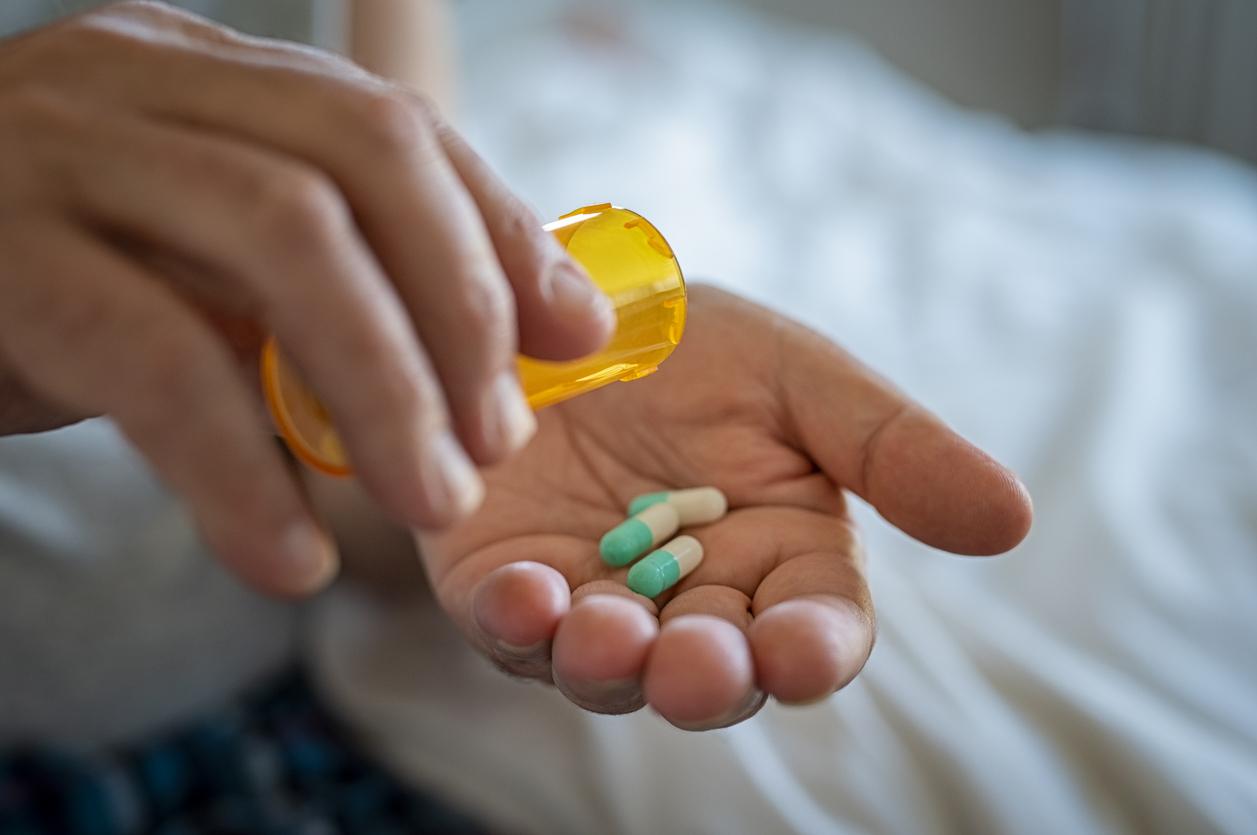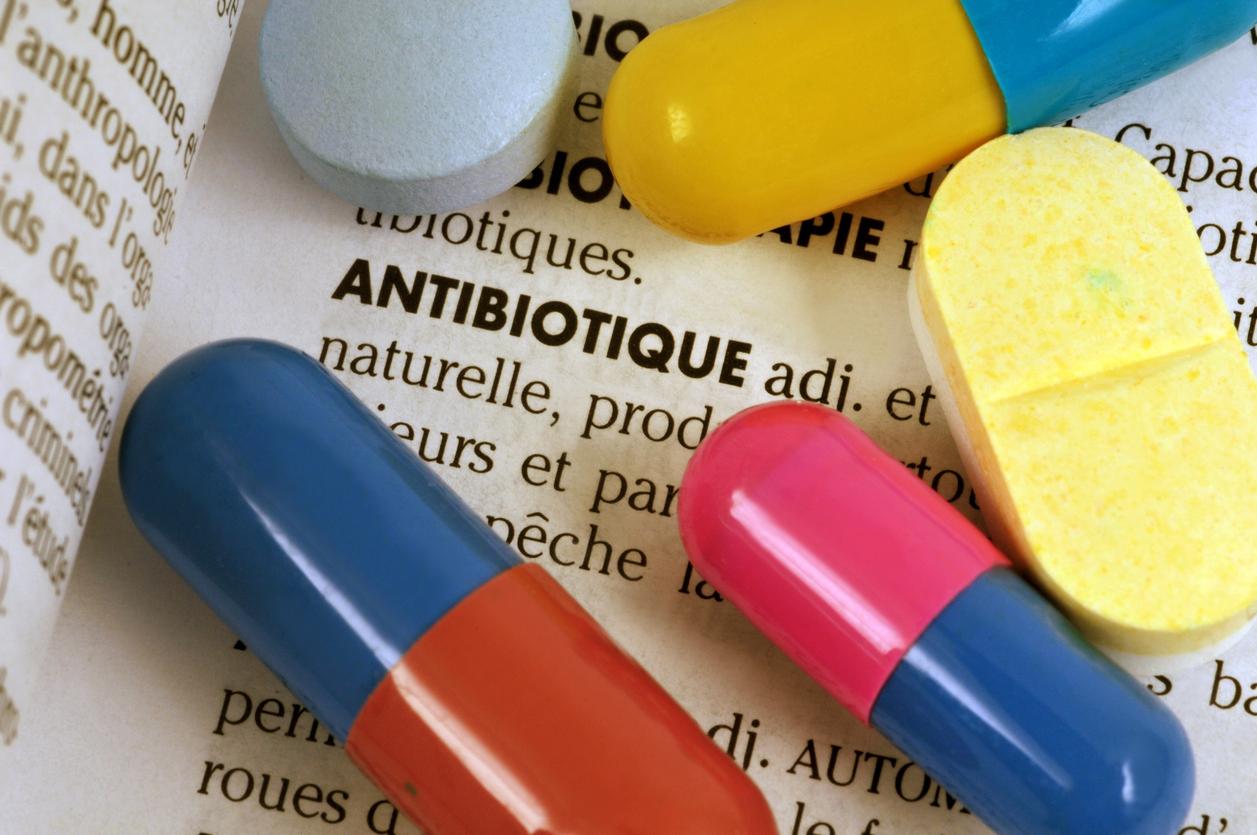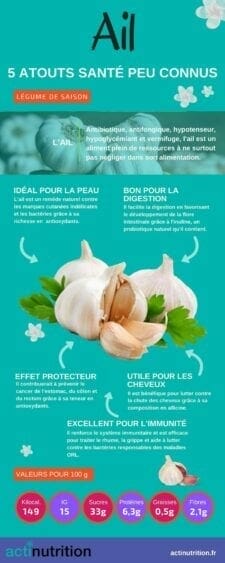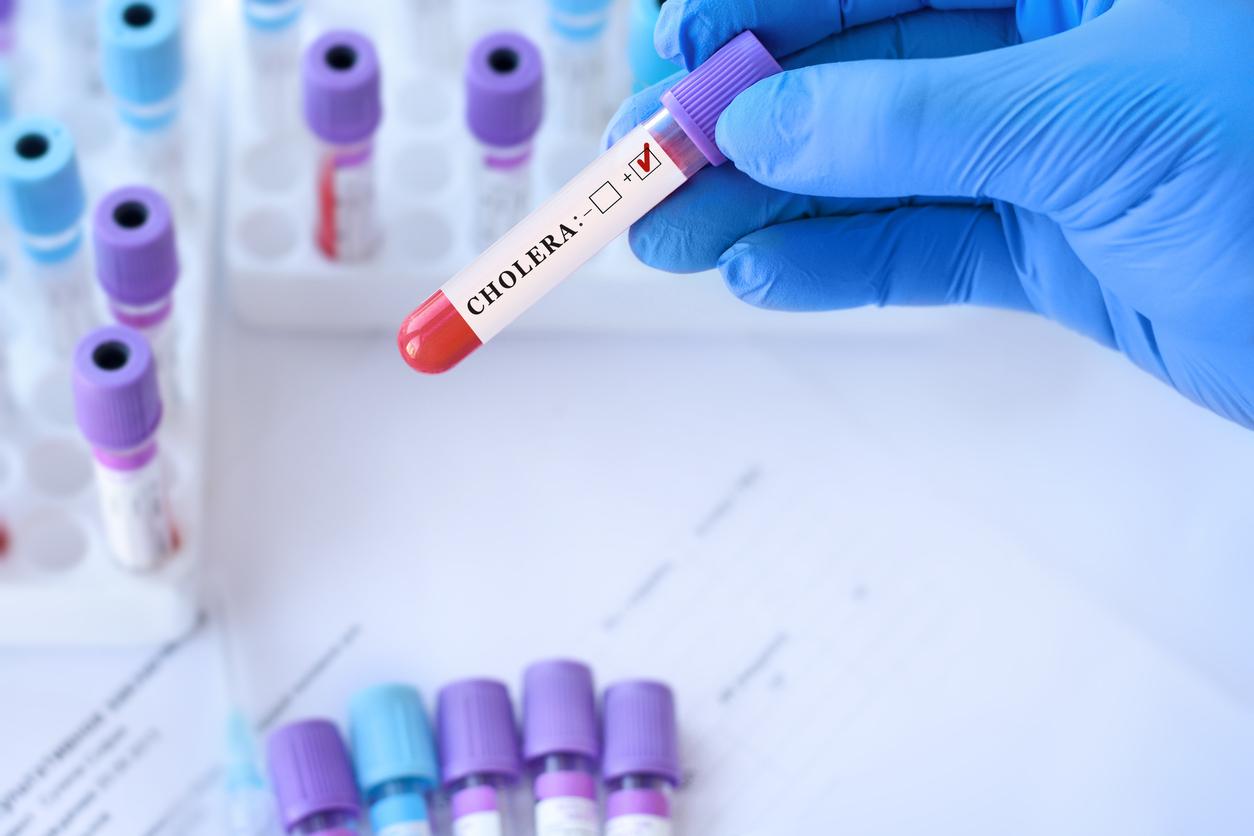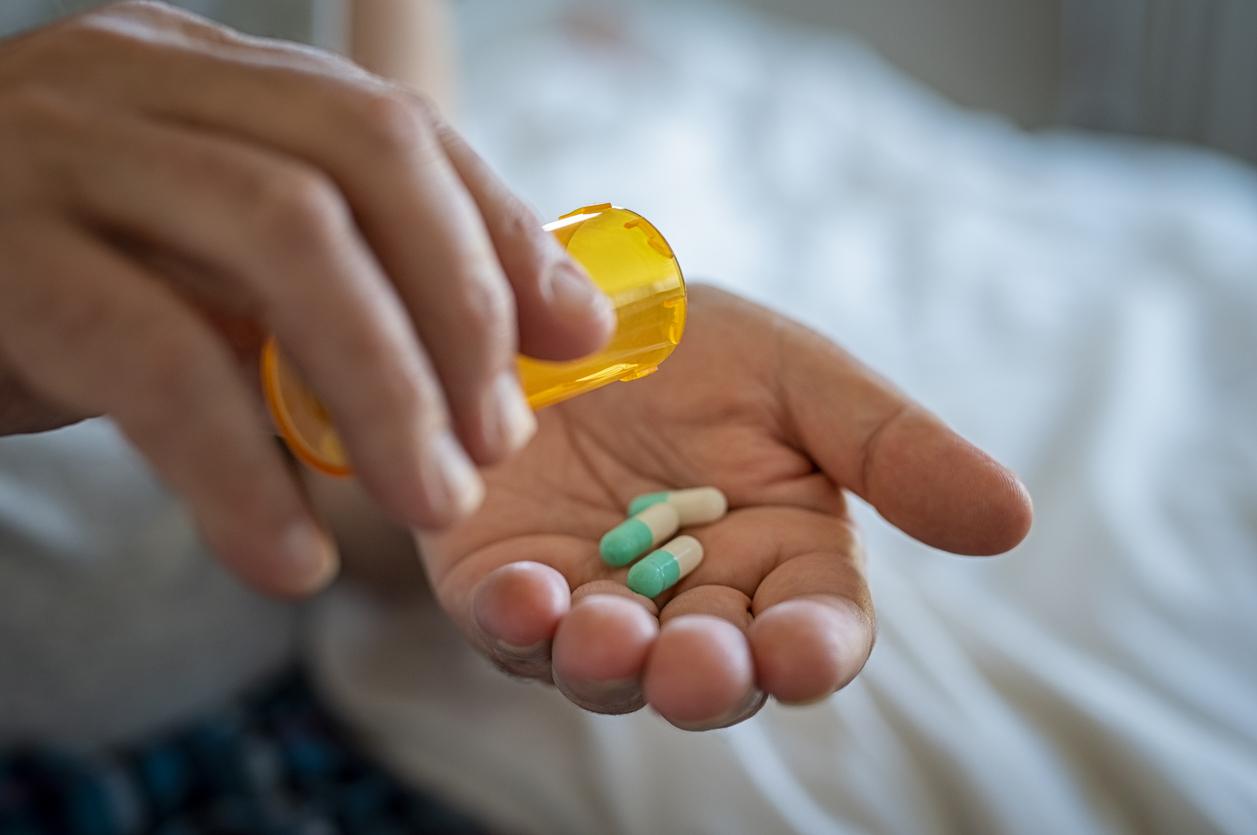As antibiotic resistance develops more and more in the world, French researchers have successfully tested new antibiotics effective against multi-resistant bacteria.
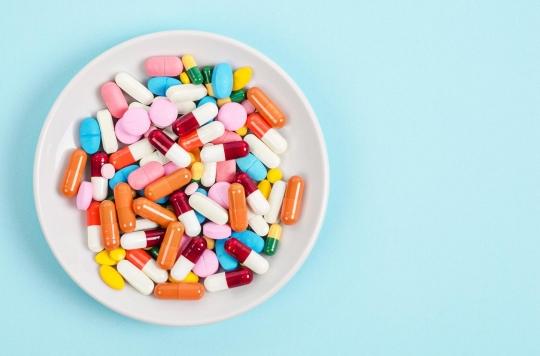
With the 20th century came the antibiotics. Since then, these natural or synthetic substances capable of destroying or blocking the growth of bacteria have saved billions of human beings. Unfortunately, by dint of taking it, the body can show itself to be more and more resistant. “If this trend became widespread, the consequences for public health would be catastrophic”, explains Inserm which, in collaboration with the University of Rennes 1, has just developed antibiotics effective against multi-resistant Gram-negative bacteria. and positive in mice. This work was published on July 9 in the scientific journal Plos Biology.
The researchers identified a new toxin and turned it into antibiotics which they tested on mice. “Of the twenty or so molecules created, two have proven effective against Staphylococcus aureus and resistant Pseudomonas aeruginosa in mouse models with severe sepsis or skin infections,” explains Inserm. While the scientists had created favorable conditions for the development of resistance in vitro and in vivo, nothing was declared.
What’s more, “we tested them at doses 10 to 50 times higher than the effective dose without observing any toxicity”, welcomes Brice Felden, director of the ‘Bacterial regulatory RNA and medicine’ laboratory in Rennes.
Promising candidates for the development of new antibiotics
“It all started with a fundamental discovery in 2011,” he says. And to continue: “we realized that a toxin produced by staphylococci aureus whose role was to facilitate infection was also capable of killing other bacteria present in our organism. We had thus identified a molecule which possessed a double toxic and antibiotic activity. We said to ourselves that if we managed to dissociate these 2 activities, we would be able to create a new antibiotic devoid of toxicity on our organism. It remained to take up this challenge”.
The peptidomimetics (organic molecules) used work well against bacteria because their unnatural amino acids strengthen the bond between these compounds and the membranes of infectious bacteria.
“We believe that these new molecules represent promising candidates for the development of new antibiotics, which can provide alternative treatments for antimicrobial resistance”, note the researchers who now plan to launch a phase II clinical trial in humans.
Distinguish between viral and bacterial infections
Every year, 700,000 people, including 25,000 in Europe, die of infections caused by bacteria resistant to antibiotics. Very worried about this trend, WHO published in February 2017 a list of resistant bacteria representing a threat on a global scale and regularly launches campaigns to raise awareness of “good use of antibiotics”.
“Antibiotic resistance leads to increased medical costs, prolonged hospitalizations and increased mortality. (…) Even if new antibiotics are developed, resistance will remain a serious threat without a change in behavior” , she warns on her site.
Thus, in order not to take antibiotics for nothing, it is necessary to be vaccinated, to favor regular hand washing as well as good food hygiene and to protect yourself during sexual intercourse. When you are sick, it is important to distinguish between viral and bacterial infections because antibiotics do not affect viruses. Screening tests exist, for example, for angina, which is extremely common and still too often associated with the prescription of antibiotics. Finally, according to Insermit is also necessary “to choose a relevant antibiotic” and “to adapt the cure to the needs”, or to limit the duration of the treatments to what is strictly necessary.
.













